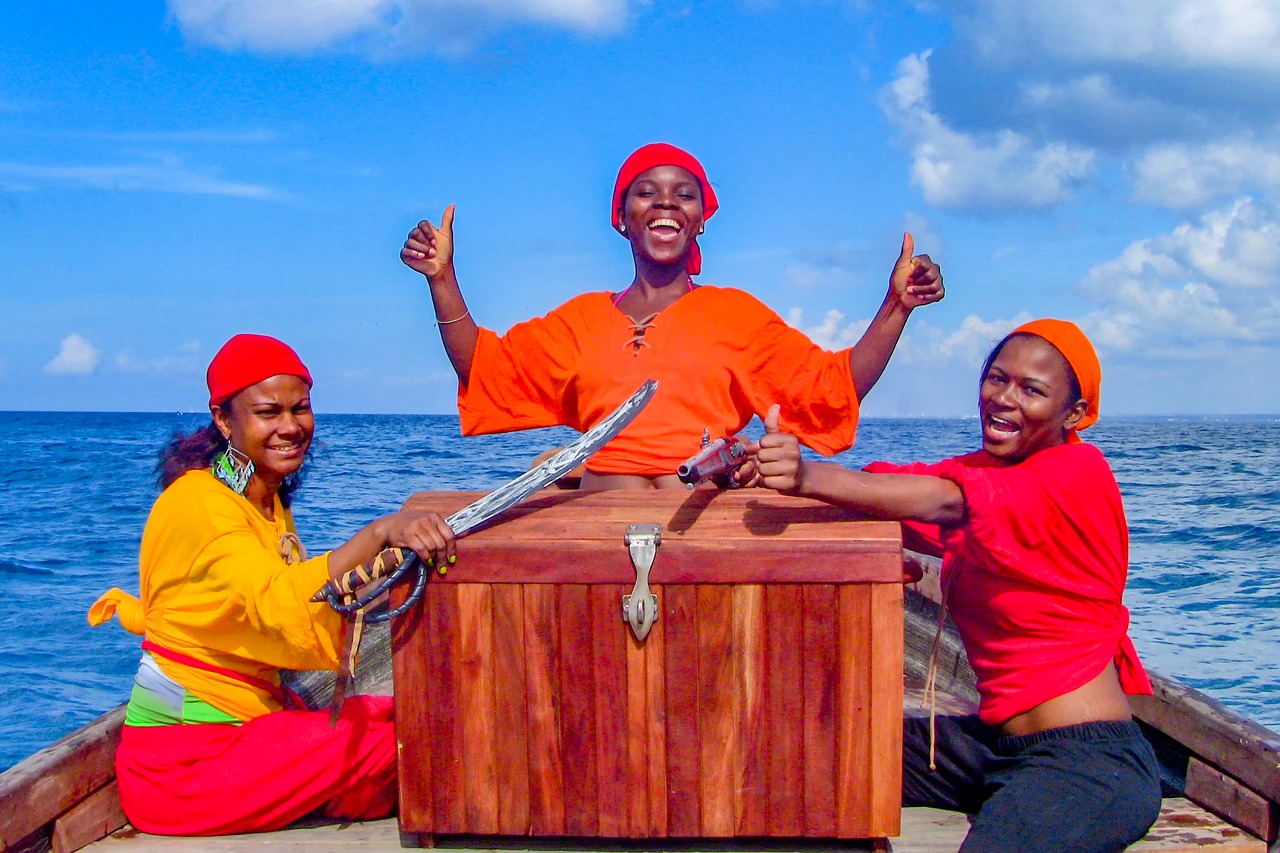On Friday I came across Guido Bosbach’s article about Pirates of work. No big surprise that the article quickly resonated with me, a company pirate. I would like to support and build on Guido’s theses to advocate for a pirate’s mindset in business. First I was thinking about a single post. But I don’t know my final destination yet. And as famous Greek philosopher and scientist Aristotle said: „We cannot direct the wind, but we can adjust the sails“. So I decided to set the sails for a first leg and get a better feel of where the winds are blowing and find islands that are worth a visit. In other words, this will be the first post in a series with unknown end. So are you ready to join my ride on the ocean of complexity? Maybe we find treasure island together 😉
Who are the Wild 13?
Do you know Jim Button and the Wild 13? It is a famous children novel by Michael Ende. The Wild 13 are a band of pirates and are pictured as stupid and very bad guys. Still I see some good analogies on how to team up in today’s business world. So my first „leg“ (post) is about teaming up like pirates.

Pirates by blackstarvideo on pixabay | CC0
A team is greater than the sum of it’s individuals
In reality the Wild 13 are only 12 pirates. We can argue about the ideal size of a team. I would consider the Wild 13 as too big. From my experience teams bigger than ten didn’t work well. There are different opinions what team size works best. Some say five is ideal, others say seven is the right size. In any case, high-performing teams deliver more than the sum of all individuals. In reality I see many teams that are just a union of individuals and their performance is less than the sum of individual performance. There are many reasons for this. Examples could be social loafing, unclear goals and roles.
Situational leadership
The more interesting story is why the Wild 13 believe they are 13 pirates. The believe they have a leader – pirate number 13. Jim Button found out that the leader just changes every day and is voted out of the 12 pirates. I don’t want to advocate voting of leaders here. This deserves a more balanced review and might be a candidate for a future post.
The point I want to make is situational leadership. In a complex environment with surprises and quickly changing market environments you are better off when you allow different people to lead and take decisions. In one situation it might be the person with the best knowledge about a topic. In another situation there might be no knowledge and the best leader is the one who has the skills to quickly test hypotheses. What we still find in many businesses are hierarchical organizations, where the most senior and/or most powerful guys lead and take decisions. This is based on the belief that they have the most knowledge and have been successful in the past. What brought us here, might not get us there!
Watch out for diversity
What we also can learn from the the Wild 13 is diversity. Each of them only knows one letter. When they want to write something, they need to write it together. Think about the team you are in or you want to build. Do you know the unique capabilities of the individuals? What is the „word“ you want to write, that a single individual can’t do on its own?
If you’ve read the book, you might have noticed that the Wild 13 are all looking the same. So at first you might have thought there’s no diversity. How does this translate to business? Even if it appears like a homogeneous group, there is always diversity. Let me give you two examples.
Your team members might all have the same technical skills, but they likely have different soft skills. One person is good at writing and loves to document. Another person is good at presenting and passionate to speak in front of stakeholders. Do you assign tasks based on skills and passion? Or just based on roles and function?
My second example for „hidden“ diversity is values and intrinsic motivators. Everybody in your team might have the same cultural background and education. Their values and intrinsic motivators still can be different. One team member is curious and needs freedom to explore new things. Another team member is looking for order and is intrinsically motivated by the mastery of a specific skill. Do you know the values of your team members? Do you even leverage them to reach your goal? You can uncover the values and intrinsic motivators of your team in a playful way with Moving Motivators.
Over to you
We have reached the end of the first leg. Did you enjoy the ride and have learned something new? Are you on a tanker and want pirate advice on a current challenge? Or are you a pirate already and want to guide us on the next leg? Let me know in the comments, via one of my social media channels or by email.
Ahoy! Hope to welcome you again for the next ride.
